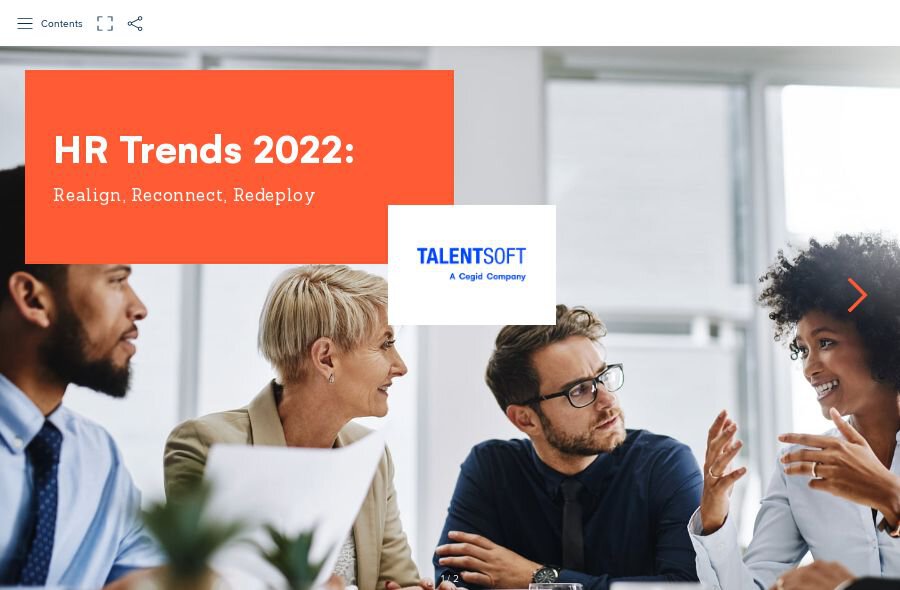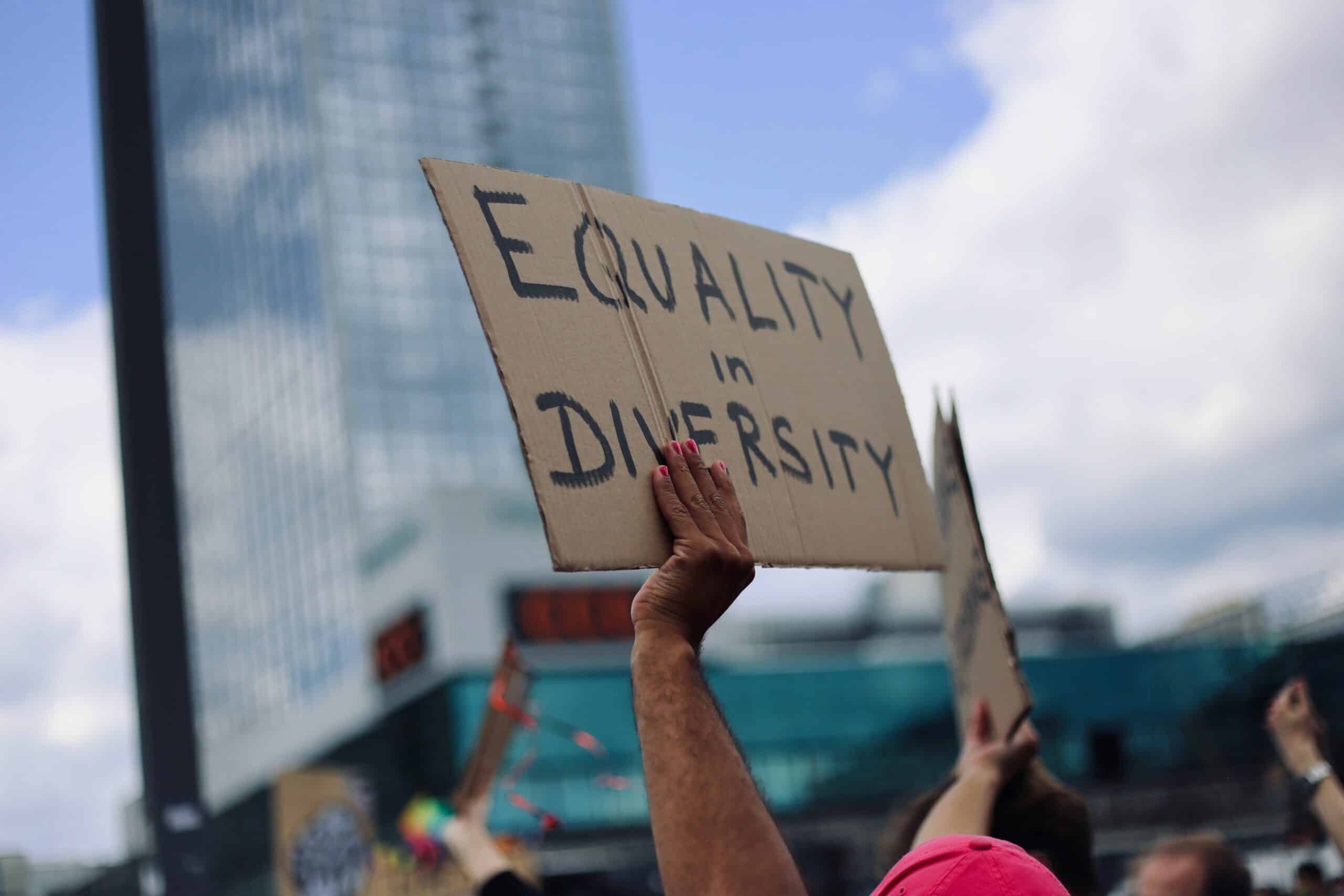Talent Management
Redeploy: 2022 HR Trend #3
16 March 2022

2022 is a year for new learning and capabilities
To remain competitive, react quickly to technological and economic changes, and become a future-proof organization, new skills and competencies are needed. Especially when you consider that by 2030 about 1 billion people worldwide need to be retrained. And we’re not just referring here to learning technical skills.
Our vision of the future is constantly evolving. To respond, many companies are accelerating their digital transformation and developing new organizational structures, increasingly using algorithms, robotics, and AI.
There’s no getting around it: no matter what industry you work in, no matter how big or small your organization is, your people need to learn how to deal with these new technologies.
We talked about this latest trend with David Perring, Director of Research at Fosway :
For access to the full video interview, download our ebook, ” HR Trends 2022: Realign, Reconnect, Redeploy” :
…or continue reading for the key takeaways from our discussion with him:
Skills Intelligence
“Skills intelligence is what we know about the skills within our organization and also our extended ecosystem of partners and contingent workers.
“What capability do we have as an organization? And it’s almost that sort of sense of intelligence being what you really understand. But also, what can you do with that understanding? “
Redeploy AI and machine learning
“So actually extract from people’s CVs and say, ‘this is the skills that apply to that individual’. Also cross-validate those skills with other tools or other datasets. It could be performance feedback or job descriptions, which gives you almost a total picture of the skill sets within your organization. Once you have that intelligence, there are things that you can start to do with it.
“The other things that you must get out that skills intelligence is are the point when you start to put in current and future vacancies into that environment. What you understand is who’s a good match, who is a stretch match where you can develop that individual? But also what fundamental skills gaps do you have between what you want to do as a business in the future and the resources that are available to you today? And that’s what I really mean by skills intelligence.”
Consider the big picture
“Skills intelligence also lapses into time. Ability is really all about that sense of how can I connect people with those opportunities, either to growth or assignment projects, or gigs, or job roles? How can I connect people in an intelligent way so that they don’t have to go searching for it?
“I encourage people to move. There are loads of great stats that have been around for the last five or six years around the importance of internal moves. In terms of the big picture on the journey, identifying those skills and then being able to connect them to the opportunities around mobility in the organization, lots of people would refer to that capability as being a skills graph. It’s the mapping between people and opportunities without skills learning. And the skills graph is that fundamental thing. It’s almost like your skills, ontology, your skills list, and it’s the bridging between the individual and opportunity, which is what that skills graph does.”
The role of the manager
“Improve your managers’ ability to coach and mentor their people, but equally try to create a whole environment of coaching and mentoring. So you look across peers, across every layer of the organization. It shouldn’t just be top-down.
“Everybody needs a much more agile environment, a much more agile organization. So don’t rely on the hierarchy—break that up, empower everybody to make their contribution in whatever direction it is.”
“One of the biggest barriers to successful coaching and mentoring and people’s view around their personal development is actually getting space to develop. But ultimately, if you don’t create the space for development to happen and treat it as a stage of continuous improvement, I think this is one of the ways we get around that.
“But you have to create space, you have to step back and create that moment. And if all you’re doing is keep on doing the same thing over and over again, you aren’t necessarily getting better at it. So, yeah, creating spaces is key.”
For more with David Perring on ‘redeploy’, click the player below :



